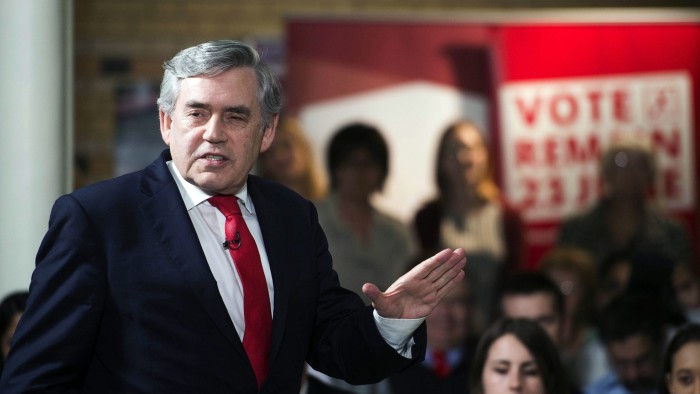Groups tap social media to persuade the young to join in (or out)

Inspiring young people to vote in the EU referendum is proving tough, so this week the advertising agency Adam & Eve DDB tried its luck with an online video campaign featuring celebrities and swear words.
Keira Knightley, the actress, Big Narstie, a rapper, and Lily Cole, the fashion model, featured in YouTube videos with the line: “It takes five seconds to mark an X in a ballot box. It takes five seconds to stop others f****** with your future.”
The provocative clips are the latest addition to a vast array of videos and graphics designed to influence the electorate through popular online platforms such as Facebook, Twitter and YouTube. As polling day approaches and the Leave and Remain campaigns fight for every vote, social media sites are becoming increasingly fiercely contested battlegrounds.
“It’s urgent to get the young vote out,” said James Murphy, chief executive of Adam & Eve DDB, which supports Remain. According to polling data, people aged under 35 are much more likely than older generations to vote in favour of staying in the EU.
But while Britain Stronger in Europe has run a sophisticated online campaign, so has Vote Leave — and some of the 111 other organisations that have registered to participate in the EU referendum.
One of those independent operators is Martin Durkin, an anti-EU film-maker. Brexit: The Movie, his 70-minute documentary about the EU’s failings, has been viewed 1.2m times on YouTube. It has also been sliced into bite-sized clips by activists and distributed via Twitter and Facebook.
Remain also has its own grassroots operatives. People’s IN, an independent campaign, this month posted a well-produced video to Facebook in which Gordon Brown, the former prime minister, made an impassioned speech in favour of staying in the EU as he walked through the ruins of Coventry Cathedral. The video has already registered more than 2.3m views on Facebook.
Benedict Pringle, author of the blog Political Advertising, said unofficial groups had been able to play a substantial role in the online battle for two main reasons: “the ever-reducing cost of producing relatively high-quality video content, and the fairly low cost of paying for views of this content on social media platforms”.
Facebook, YouTube and Twitter all allow campaigns to pay to promote their videos or other campaign materials to users. Content can be targeted at particular demographics, based on data such as age, gender, location and online behaviour.
For example, Britain Stronger in Europe targeted one video, titled “What would Brexit mean for my children?”, at an audience of mothers on YouTube using data-targeting capabilities offered by the Google-owned video site. It has registered more than 500,000 views. To appeal to football fans, the campaign created a web page allowing people to select their favourite team and find out which players could potentially lose their work permits if Britain was outside the EU.
It is extremely difficult to quantify the impact of such a swirl of official and unofficial social media activity, and even harder to measure how people respond.
For example, Brandwatch, a data provider, found that Vote Leave was mentioned more than 1m times on social media over the past month, according to an analysis of hashtags — words used by people to label their posts. By contrast, Remain was mentioned only about 600,000 times. But political strategists warn against reading anything into such data other than the fact that the Leave campaign is more vocal than Remain. “It tells you nothing about how people will vote,” says one digital campaigner.
In the 2014 Scottish referendum, the pro-independence Yes Scotland campaign registered a higher level of “likes”, “views” and other “interactions” on its social media accounts than its rival Better Together. In spite of its strong support online, the Yes side lost the vote by a wide margin.
Comments